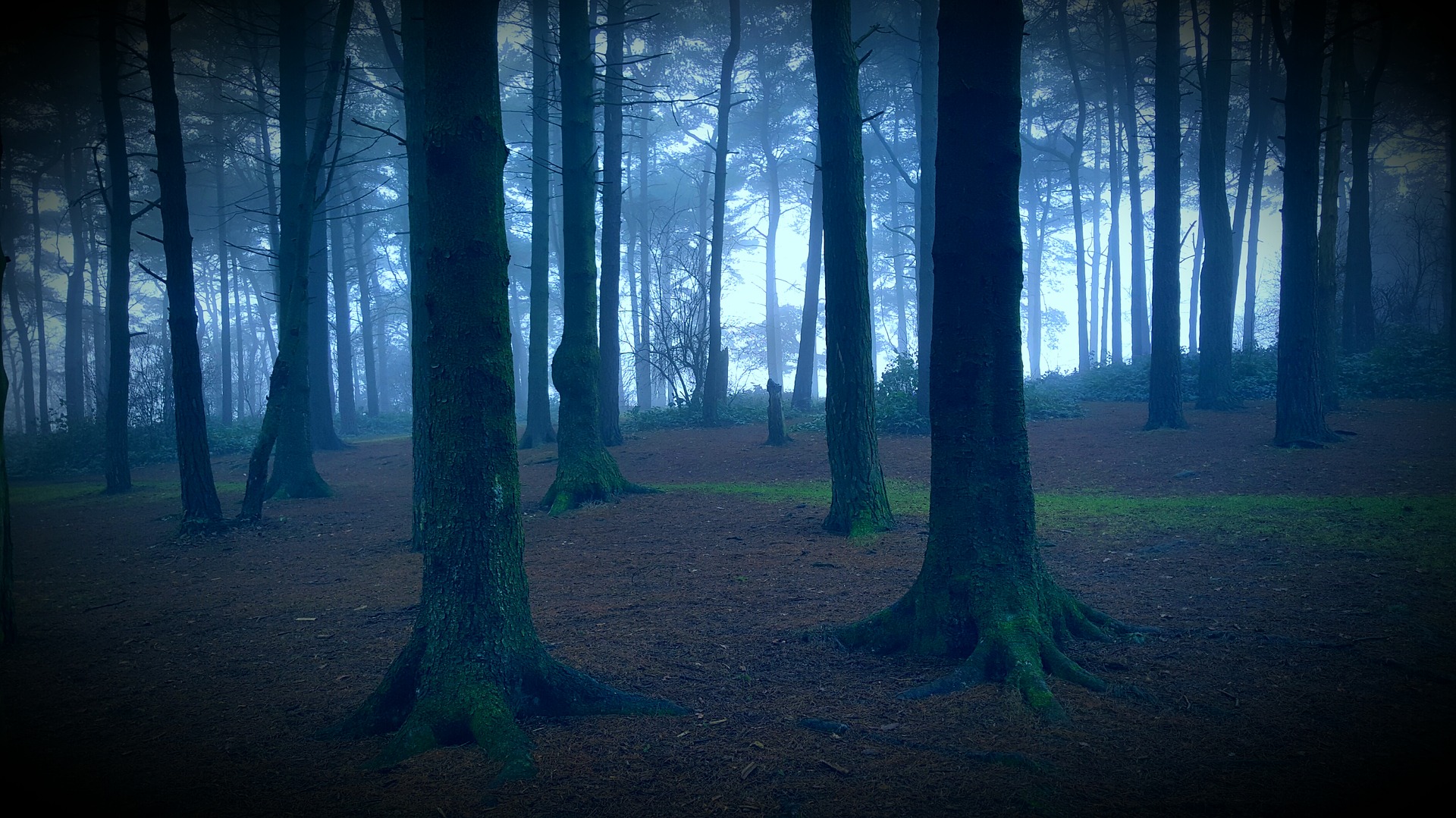[Written by Aimée Stanton, Elsa Lindstöm and Maria Jeleńska]
[Image Credit: Pixabay//philprice13]
It’s spooky season. People are picking out their costumes, planning parties, and purchasing massive amounts of sweets. Halloween is a beloved holiday for most people in the UK and the US, however, the rest of the world might have some different takes on how to celebrate skeletons, vampires, and a sugar-induced coma.
Spain has such unique traditions for Halloween compared to other western countries. The main staple of Spanish Halloween is Dia de los Muertos, or ‘Day of the Dead’. The Dia de los Muertos celebration lasts three days in total. The 31st being ‘Dia de las Brujas’ or ‘Day of the Witches’, the 1st of November being ‘Dia de Todos los Santos’ or ‘All Saints’ Day’, and the 2nd of November being the famous ‘Dia de los Muertos’. Each day has different customs and traditions, which depend greatly on the region, with Northern Spain being the most enthusiastic of all. ‘Dia de las Brujas’ celebrates Halloween in a way we know it best, trick or treating, parties and celebrations. However, ‘Dia de Todos los Santos’ is quite unique in its celebrations. Many families gather together with flowers, food, drinks and holy water and make their way to the graves of loved ones, to socialise and celebrate at their grave. ‘Dia de los Muertos’ is the celebration of life and the remembrance of the dead. Although traditionally it is a Mexican celebration, many parts of Spain have taken on the celebration themselves, with the famous sugar skulls being a famous symbol of the day. – Aimée Stanton, Spain
When I was 11, I decided to go trick-or-treating with my friends around the neighbourhood. We received some sweets, but also many confused looks and even complaints the next day. There is opposition towards Halloween in Finland, since it’s viewed as an American tradition. For example, some support celebrating All Saints’ Day instead, which takes place around the same time. It’s a day to remember the deceased relatives, light candles and visit their graves. Maybe this quieter tradition is seen as more respectful towards the dead, or maybe it’s just the fact that it suits better with the dark and cold nights. However, Halloween-themed decorations, outfits and parties are more popular year by year, especially with younger people. Dress-up competitions and carved pumpkins are quite common nowadays, and even trick-or-treating is better received. Still, Halloween in Finland is a mix of old and new, and calmer than for example in America, reflecting the overall culture of the country. – Elsa Lindstöm, Finland
When it comes to Halloween, people here in Scotland, I have an impression, take it quite seriously. My British flatmates were thinking of costume ideas already in September and we were planning our pumpkin-carving session as well. It is very interesting how different it is in Poland. For Poles, Halloween is not that big a thing. The youngsters are much more keen on adapting the overseas tradition, and it is eventually another nice reason for having a flat party. It is fun to put on costumes, but not everybody does it. It is different for older Polish people though. Because of a strong catholic tradition of celebrating a day of the All Saints on the 1st of November, not all elders are keen on having fun on Halloween night before. When as a younger kid I went trick-or-treating with my friends, some elders were actually offended and told us Halloween was a devil’s celebration. Of course, it is not that serious in every case, and there are more and more Halloween-themed parties and events in Polish cities, but this can give you an impression of how is foreign Halloween is in Poland. – Maria Jeleńska, Poland
[Image Description: A view of some trees at twilight in a misty forest.]

